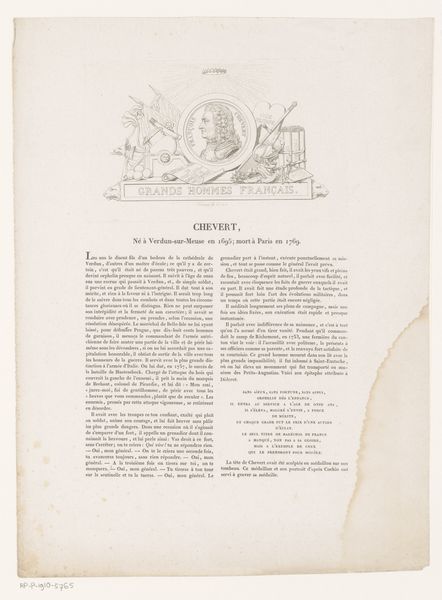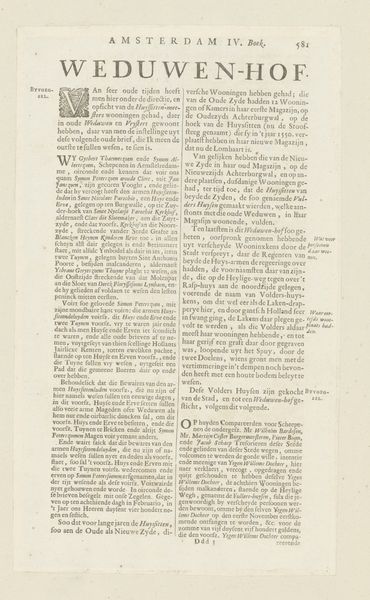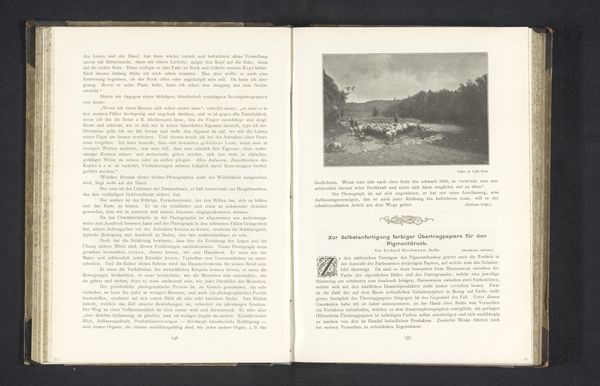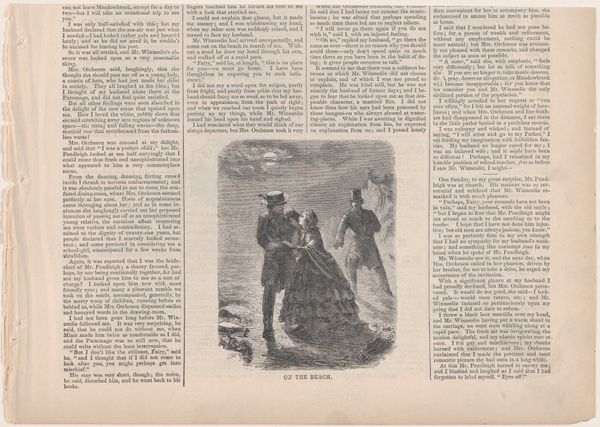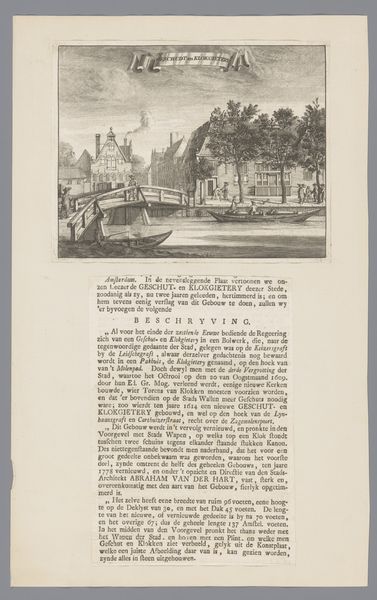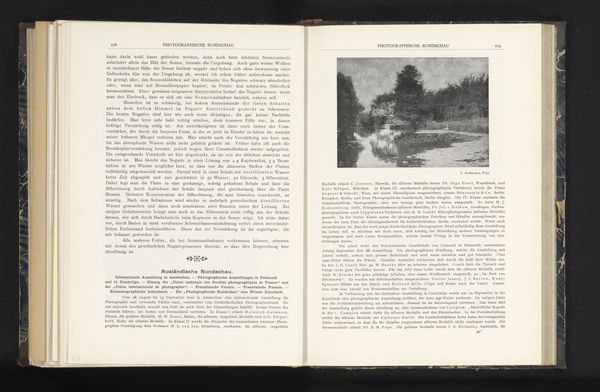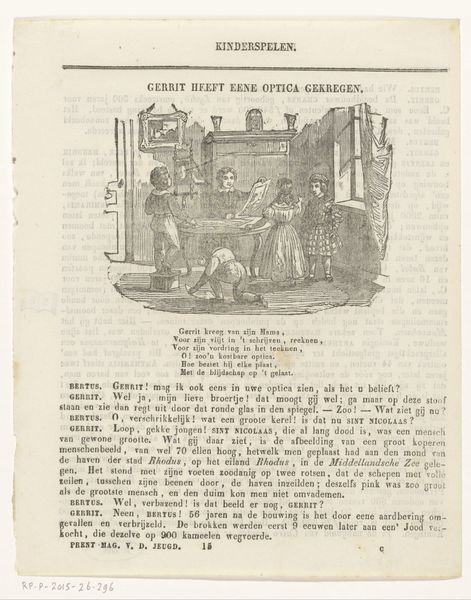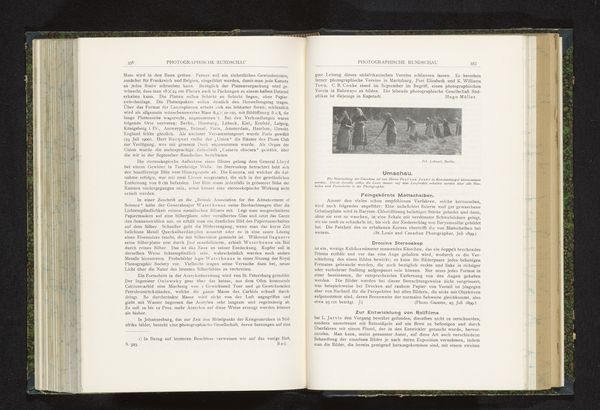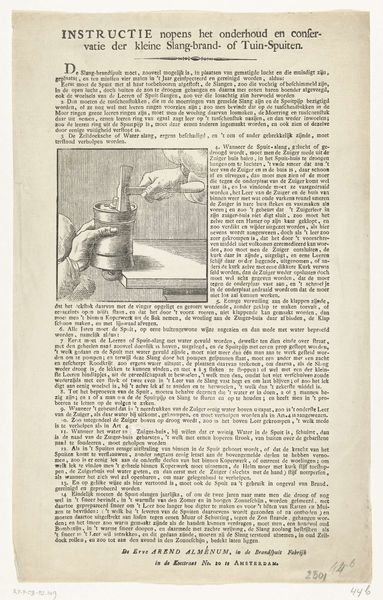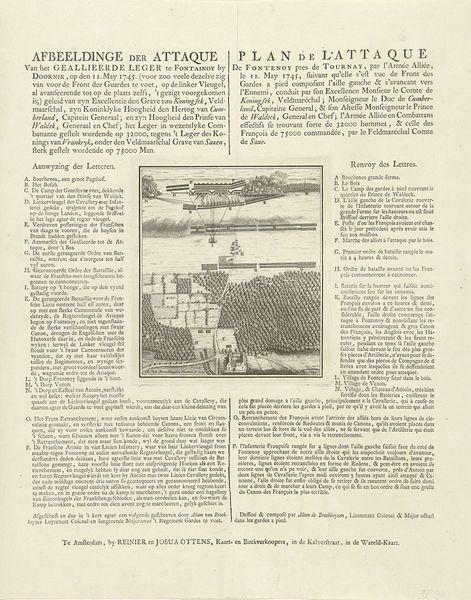
Dimensions: 1 11/16 x 5 3/16 in. (4.3 x 13.2 cm)
Copyright: Public Domain
Editor: This is *The Baggage Guard* by Winslow Homer, created in 1888. It looks like an engraving. The scene feels… almost frozen, everyone in their own little world despite the tension suggested by the armed soldier. What do you see in this piece? Curator: I'm immediately struck by the composition. Homer gives us a visual echo of the human cost and burden of conflict. Consider the guard with his weapon at the ready: the rifle and the rigid stance… It mirrors the tension, protecting a line of mules bearing, not just supplies, but the weight of a nation divided. How do those mules, usually symbols of burden and toil, resonate within the broader context of the Civil War? Editor: They seem kind of slumped, almost defeated, like they know they're carrying more than just baggage. Curator: Precisely. Think of those animals as a mirror reflecting the human experience: both sides burdened by grief, loss, and the sheer weight of history. Homer invites us to consider not just the heroic narratives of war, but also its long shadow and emotional consequences, doesn't he? Editor: So, the mules become a symbol for the hidden costs of war, things like emotional trauma and the loss of innocence? Curator: Absolutely. Even the "baggage" can represent not only physical belongings, but also memories, ideals, and a way of life irrevocably changed. Editor: Wow, I never would have seen all that on my own. It makes me think differently about how artists use familiar imagery to tell deeper stories. Curator: Indeed. Symbols provide continuity between lived experiences and their re-enactment through the arts, creating bridges across time.
Comments
No comments
Be the first to comment and join the conversation on the ultimate creative platform.

